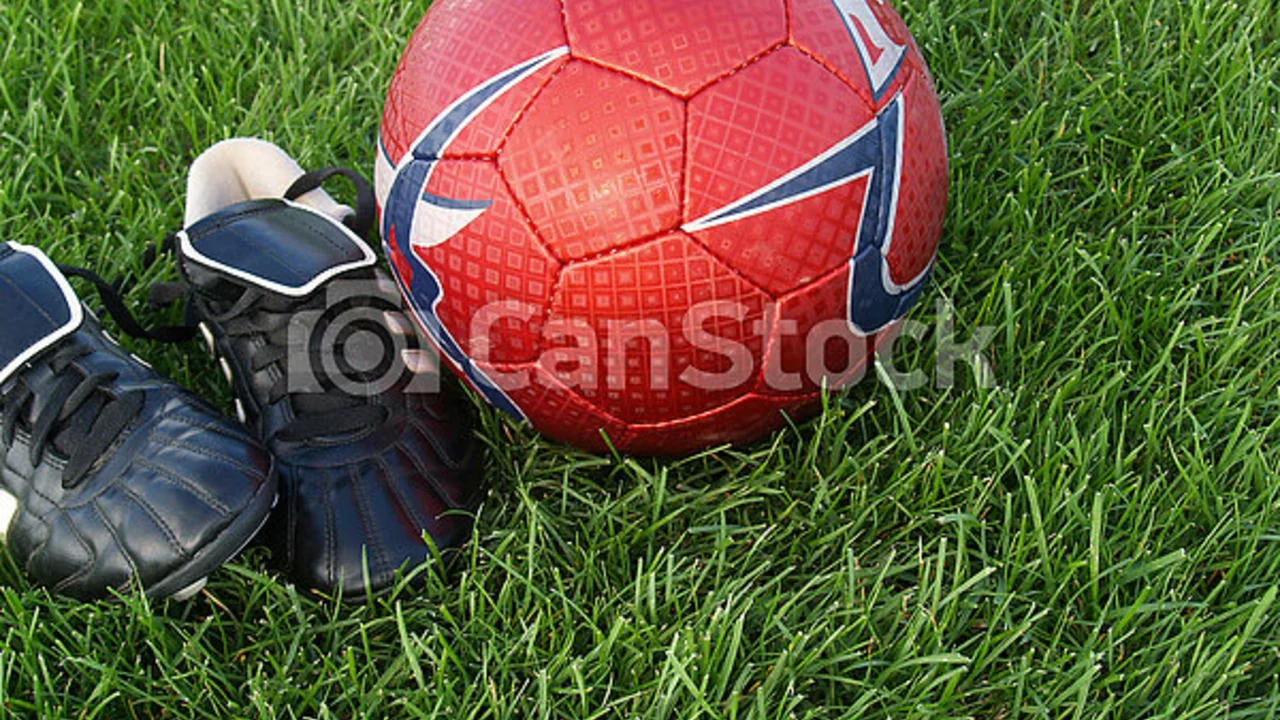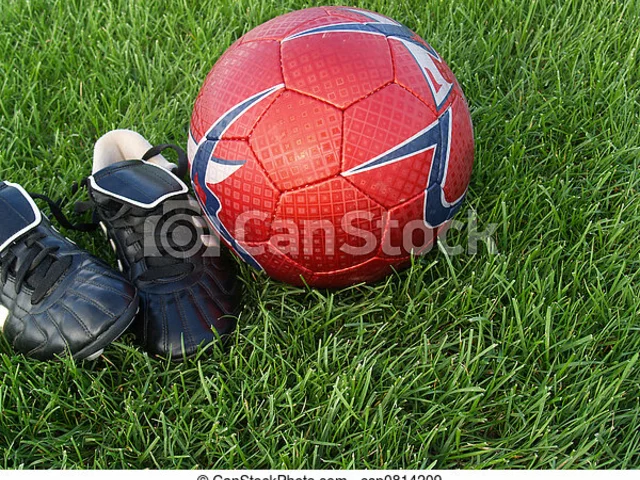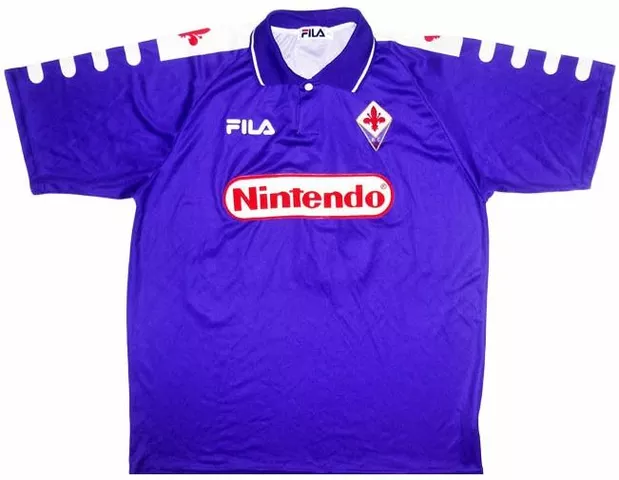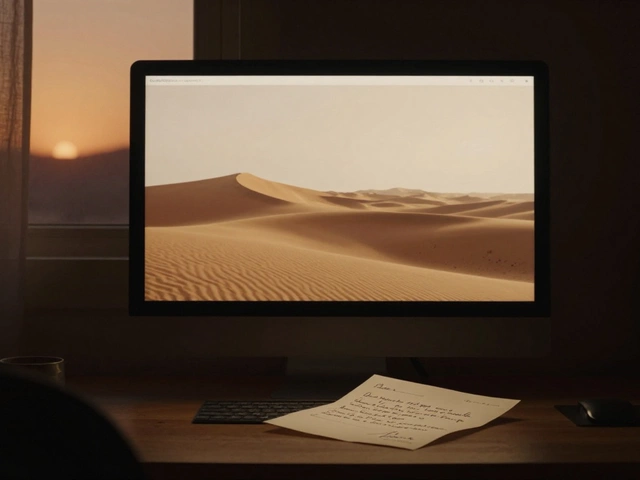
Soccer Cleats: Your Quick Guide to Picking the Right Pair
When you lace up a new pair of soccer cleats, you’re not just getting a shoe – you’re getting a tool that can boost your speed, control, and confidence on the pitch. Below is a no‑fluff rundown of what to look for so you can pick the perfect pair without breaking the bank.
Stud Patterns and Surface Types
Studs come in three main shapes: conical, bladed, and mixed. Conical studs give you quick cuts and easy rotation, perfect for wingers or midfielders who love to dart around. Bladed studs dig in deeper, offering extra traction on wet or muddy fields – think defenders who need that solid anchor. Mixed patterns try to blend both worlds, giving you a balanced feel on most natural grass conditions.
Artificial turf needs a different approach. Look for shorter, rubberized studs or a turf‑specific outsole. Those designs spread pressure evenly and prevent the foot from getting stuck in the fake grass. Switching from grass to turf without changing your cleats can feel slippery and increase injury risk.
Fit, Comfort, and Budget Tips
Fit is king. Your cleat should hug your foot snugly but leave a thumb’s width of wiggle room at the toe. Leather molds to your foot over time, delivering a custom feel after a few games, while synthetic uppers stay lightweight and don’t need as much break‑in. Try them on with the same socks you wear in matches – thicker socks can change the fit.
Agnostic about ankle support? Mid‑cut boots add a bit of extra stability for players who do a lot of jumps or tackles. Low‑cut options give you more freedom for quick changes, which most forwards prefer. Decide based on your position and playing style, not just what looks cooler.
Budget doesn’t have to limit performance. Entry‑level models from trusted brands often use the same stud technology as pricier lines but with simpler uppers. Mid‑range shoes give you better material quality and a bit more durability. If you’re chasing the elite feel, aim for a seasonal sale or last‑year’s flagship model – you’ll save big while still getting top‑tier tech.
Top brands to keep on your radar: Nike’s Mercurial line for speed, Adidas’ Predator for control, Puma’s Future for comfort, and New Balance’s Furon for a balanced mix. Each offers a range across price points, so you can step up gradually as your game evolves.
Maintenance matters. After every match, wipe off mud and let the cleats air‑dry away from direct heat. A quick brush inside with a soft shoe brush clears debris from the stud cavities. If you notice odors, toss in a dryer sheet or a little baking soda overnight – it’ll keep them fresh without harsh chemicals.
Before you head to the checkout, run through this quick list: 1) Confirm the stud type matches your primary playing surface, 2) Check the fit with your usual match socks, 3) Choose leather for a molded feel or synthetic for instant comfort, 4) Decide on cut height based on your position, 5) Set a budget and compare seasonal deals.
Now you’ve got the basics nailed down. Grab a pair that fits your style, break them in properly, and let those new cleats help you make the kind of plays you’ve been dreaming about. Happy scoring!
-
18 Jul





